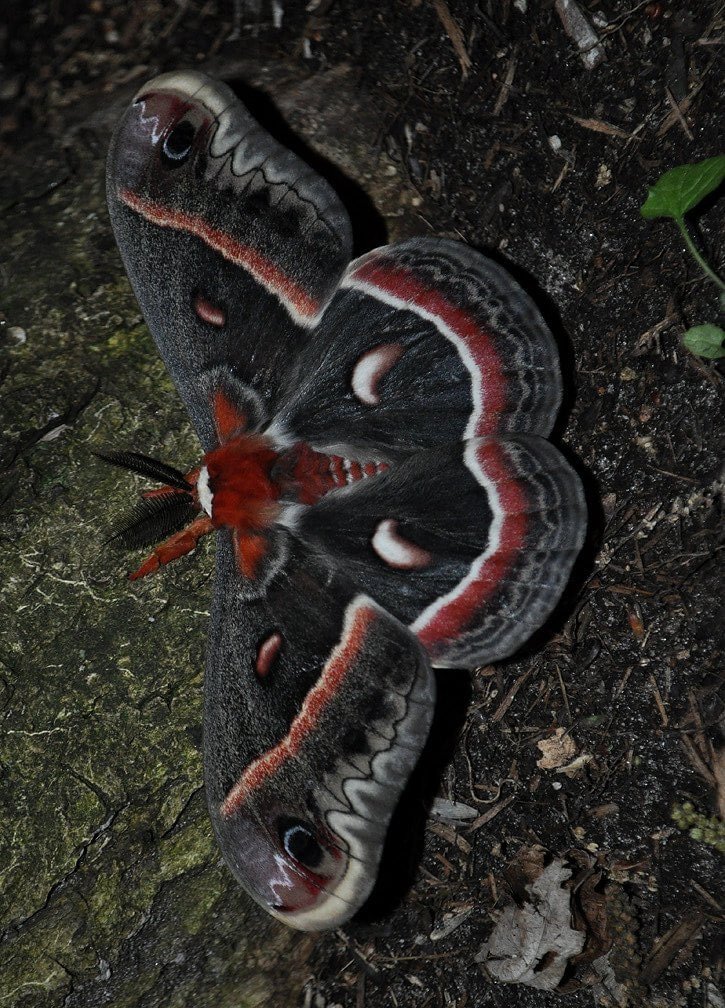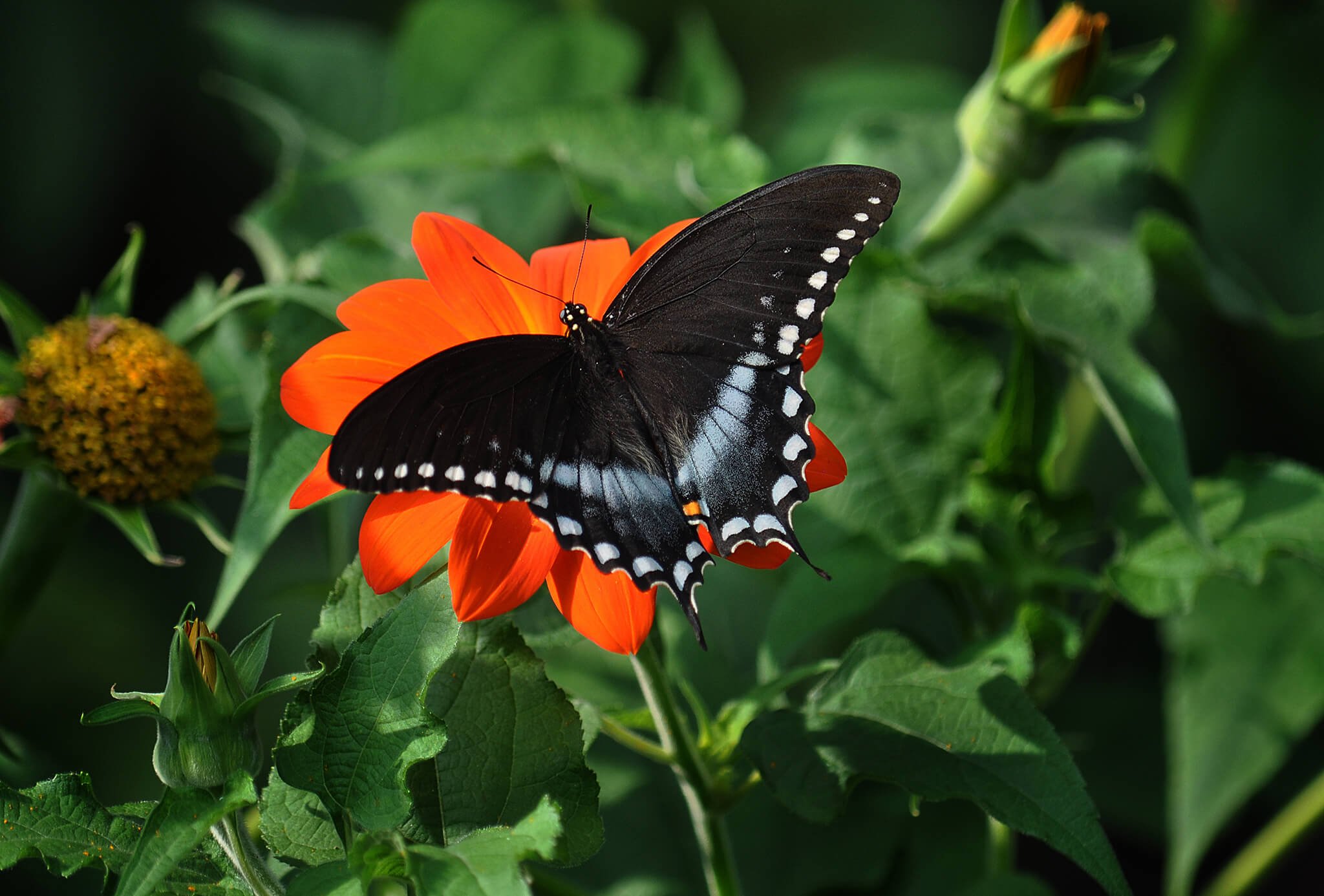Maple-Leaved Viburnum (Viburnum acerifolium)
Maple-leaved Viburnum flowers attract a variety of native bees and to a lesser extent, butterflies and skippers (illinoiswildflower.info). It is a host plant to the Hummingbird Clearwing, Cecropia, Spring Azure, and 99 other species of butterflies and moths in our area (nwf.org), including the threatened Henry's Elfin (butterfliesandmoths.org) (mnfi.anr.msu.edu). Birds love the Viburnum berries and they are eaten by the Ruffed Grouse and many woodland songbirds and small mammals (Bird Table). Maple-Leaved Viburnum rarely exceeds 6 feet in height, thus, is one of the smallest Viburnum spp. out there. It tends towards being an understory plant and more shade tolerant than most Viburnums. Keep in mind that in order to set fruit, this plant needs to be cross-pollinated with another viburnum plant. This plant will sucker in the right conditions.
Photo credit: Natureserve (1), John Blair (2-3)
Life Cycle: Perennial
Sun Exposure: Partial, Light Shade
Soil Moisture: Medium, Medium-dry
Height: 2-6 feet
Plant Spacing: 2-4 feet
Bloom Time: June-July
Bloom Color: White
Advantages: Caterpillar Favorite, Pollinator Favorite, Bird Favorite
Host: Hummingbird Clearwing, Cecropia, Spring Azure, and 99 other species of butterflies and moths use this as a caterpillar host plant in our area (nwf.org) and possibly Henry’s Elfin (butterfliesandmoths.org)
Beneficial for Endangered or Threatened Species: Henry's Elfin (Incisalia henrici) (mnfi.anr.msu.edu)













